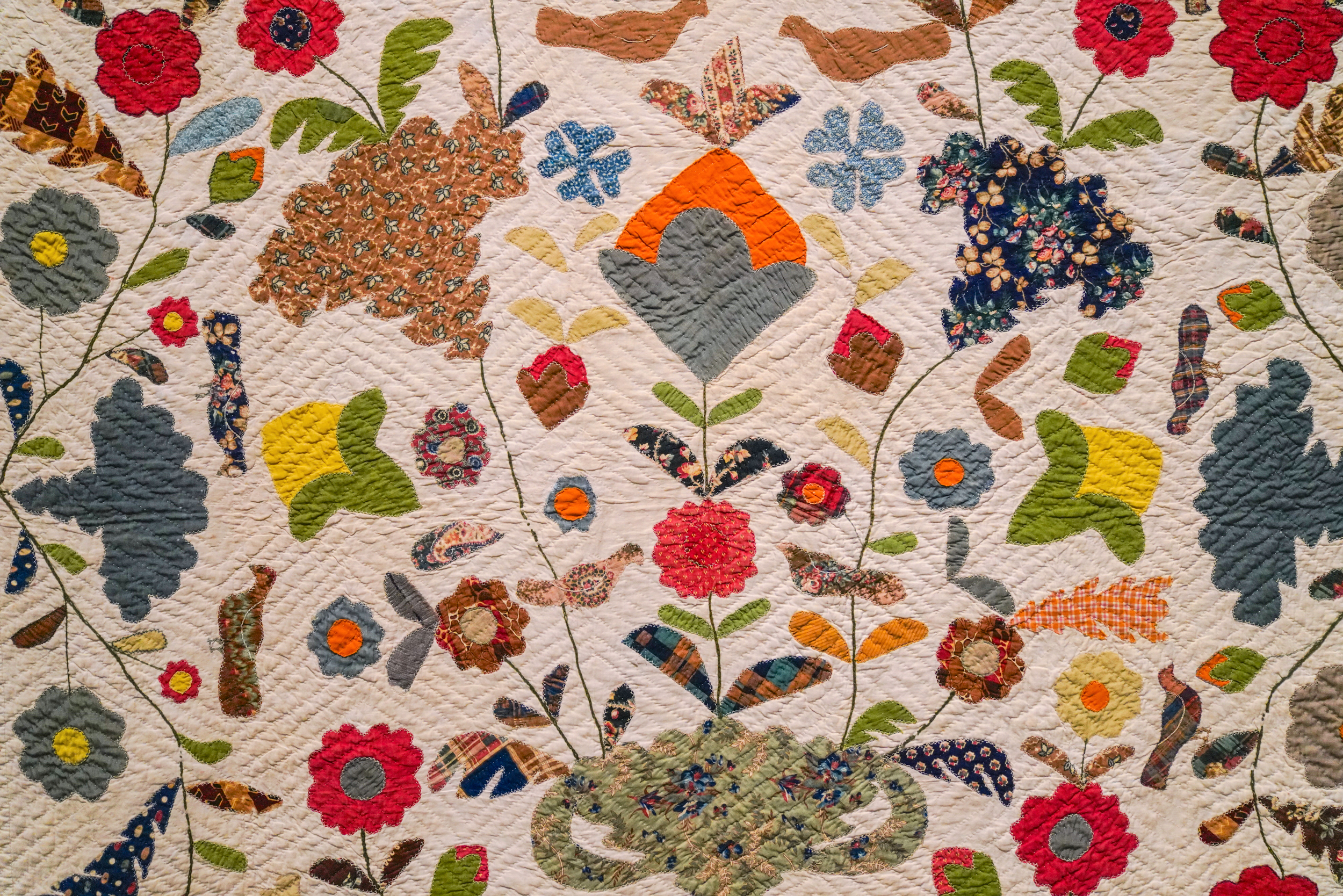The art world is increasingly recognizing the significance of fiber arts, with American quilts prominently featured in exhibitions across the United States. In 2024, the focus on this craft has intensified, highlighted by major exhibitions that explore the cultural and historical narratives woven into these textiles. As writer-historian Glenn Adamson noted, this year has marked a shift towards a deeper appreciation for the artistry of fabric and thread.
Exhibitions such as “Routed West: Twentieth-Century African American Quilts in California” at the Berkeley Art Museum and Pacific Film Archive and “Of Salt and Spirit: Black Quilters in the American South” at the Memphis Brooks Museum of Art are showcasing the artistic contributions of quilting communities. “Routed West” runs until November 30, 2024, while the Memphis exhibit is open through January 4, 2026. These showcases emphasize the skill and creativity found within regional quilting traditions.
Exploring the Narrative Potential of Quilts
Another significant exhibition, “Patterns in Abstraction: Black Quilts from the High’s Collection,” at the High Museum of Art in Atlanta, emphasizes the artistry of quilts created by Black women. This exhibition is part of a broader movement to highlight the narratives and histories embedded in these textile artworks. Additionally, “Fabric of a Nation: American Quilt Stories From the Museum of Fine Arts, Boston” at the Frist Art Museum in Nashville is documenting the diverse histories of the United States through the lens of quilting.
Among the recent openings is “An Ecology of Quilts: The Natural History of American Textiles” at the American Folk Art Museum. This exhibition, which opened in late September, features 30 quilts dating from the 18th to the 20th century. It explores the connections between nature, industry, and the art of quilt making, marking the museum’s reopening after renovations.
Intertwining Nature and Craftsmanship
“An Ecology of Quilts” begins with a visual introduction to quilt-making materials, displaying whole-cloth quilts alongside botanical illustrations and traditional dye samples. Visitors can engage with the exhibit by touching raw materials used in fabric production, fostering a tactile understanding of the craft. This hands-on approach invites a deeper appreciation for the natural processes that contribute to quilt making.
The exhibition features standout works, including the vibrant “Pot of Flowers Quilt with Birds” from around 1860, which captures the exuberance of nature, and a mid-19th-century mourning quilt that memorializes community members through intricate symbolism. Another remarkable piece, the “Pinwheel Variation Quilt” crafted by Malissia Pettway from Gee’s Bend, exemplifies the resourcefulness inherent in quilt making.
While the subtitle of the exhibition, “The Natural History of American Textiles,” suggests an exhaustive exploration, it serves more as an engaging introduction to various topics such as global trade, cultural symbolism, and the evolution of textile production. Each quilt tells its own story, connecting viewers to the historical and cultural contexts from which they emerged.
“An Ecology of Quilts” continues to run through March 1, 2026, providing an opportunity for visitors to explore the intricate relationships between human creativity and the natural world. The exhibition has been curated by Emelie Gevalt and Austin Losada, who have carefully selected pieces that highlight the artistic, cultural, and ecological significance of quilts.
In this renewed celebration of fiber arts, the exhibitions illuminate the profound impact of quilting as an expressive form of American art, inviting audiences to appreciate the stories woven into each stitch.
